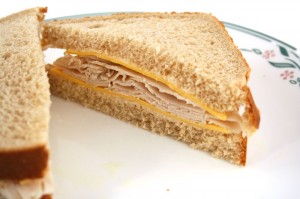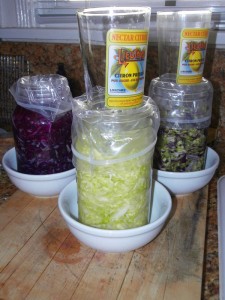This is brief, but I just saw this recipe (thank you, Tasting Table, you’re one of my favorite inbox distractions) for an unusual appetizer and think it looks fabulous. Look at the ingredients: sauerkraut, whole milk ricotta and pecorino. I’d switch it up a bit and use sprouted flour in place of the all-purpose (or, for those avoiding grains completely, about 1/4 cup coconut flour), but everything else is spot on in terms of Weston Price-friendly cooking and eating.
Let me know if you make it and how you like it!
Tasting Table SF: Sauerkraut, Pecorino and Ricotta Pancakes | TastingTable Recipes.



